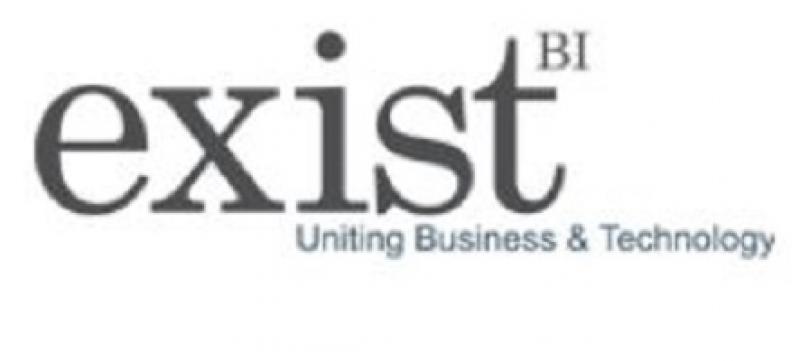The future holds various strategic challenges to any company’s data and technology. As the market environment evolves rapidly and demand for business agility compels company leaders to pick better-integrated data. This increases the challenges for IT executives and their architects.

A capability-based data integration strategy is the cure to all these rising problems. IT executives can make strategic appraisals regarding when to concentrate on using the existing solution more efficiently and when to invest in the deployment of the new platform solutions by mapping what technical capabilities and business will be required.
Here are the four simple steps that your data integration consultants will follow to build a successful capability-based strategy for you.
Determine Business Needs
IT teams are good at responding to the stated requirements of the users and observing technological trends. But, they struggle when it comes to anticipating how brand’s capability requirements will evolve in upcoming years.
Business-centric mindset development where technical experts team up with business leaders to process how business operations work and how they should evolve is a-must to establish. This way, you can also proactively avoid any business crisis that obstructs operational productivity.
Assess your Current Capabilities
Never make a mistake to assume that you know the technical capabilities throughout the company. In most of the companies, the IT systems are fragmented and buried or in other cases, they are just replicated across the business functions. Before you begin purchasing the new system, assess your current piece and parts for future potential. During this consider, how your operation and business teams are utilizing the capabilities you’ve deployed in the history.
What Capabilities are required to address your Business Necessities?
After understanding your business needs and the residing components in your enterprise’s environment, next, you have to connect the two. The best way to do it is to ask “what component do we need to solve this problem?” You will discover that the question is framed around the technology. The capability-based strategy is the key to solving the problem.
When a capability-based integration strategy is initiated, it’s necessary to focus on concrete business problem resolution. You may require better data-access-control policies, scalable methodology, analytics tools or data warehousing, and user training. Your IT professionals play a crucial role at this level by acquiring the knowledge of cutting-edge technology and implementing them to your business.
Ally Investments to Deliver New Capabilities
Once you have successfully understood what components are required to deliver each capability, you may feel overwhelmed at the cost and size of the components on the list. It’s the right time to have a discussion with business leaders about their vision of how the business may change in the future. Be aware of the often-large gap between the level of urgency and the level of importance of an individual capability before you begin with integration. Create a delivery roadmap that includes all the essential capabilities available right before your brand needs them.
These four steps lead the data integration consultants to build a reliable and proactive capacity-based strategy. Contact ExistBI's data experts today, with services in the US, UK and Europe.
